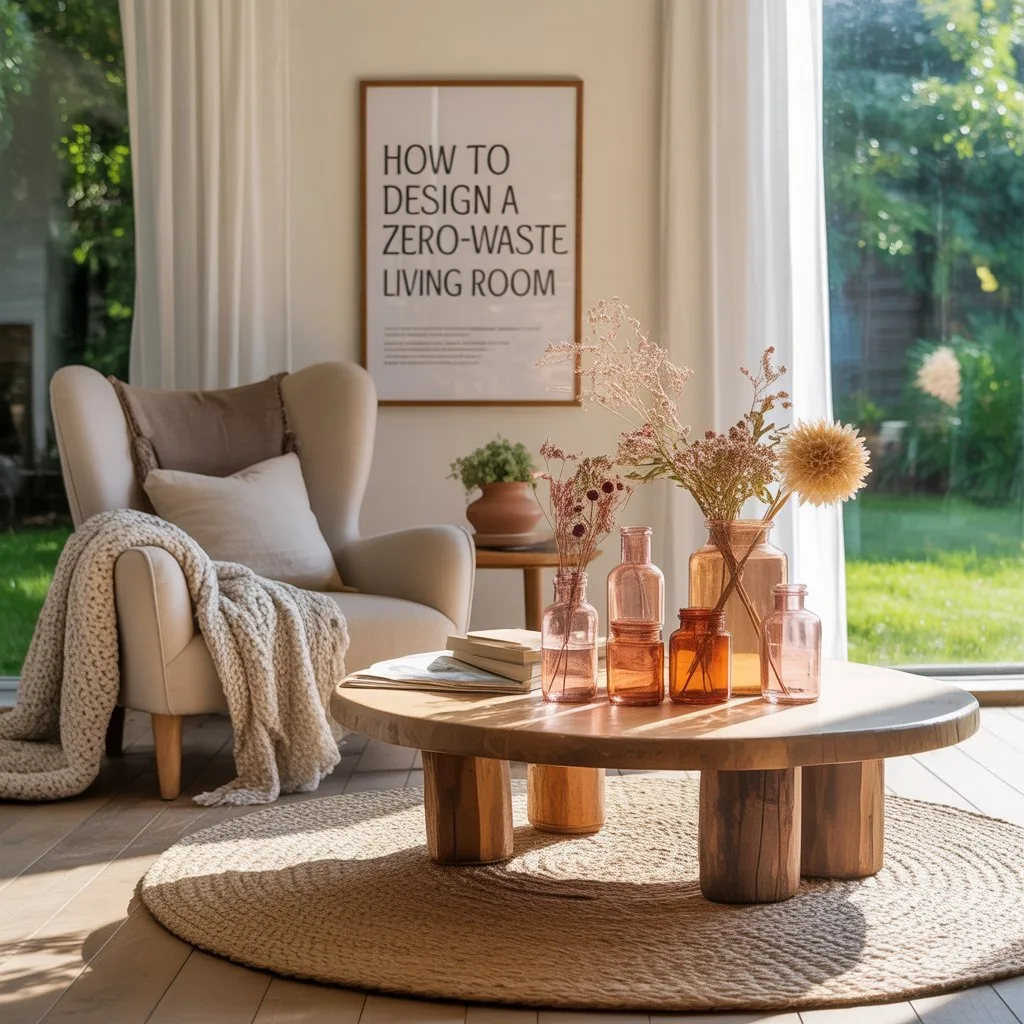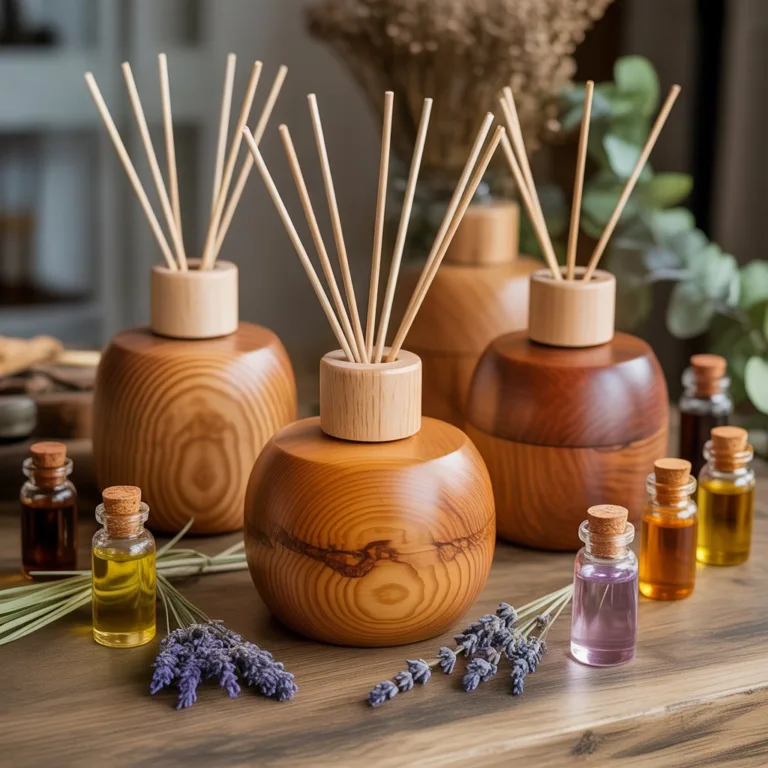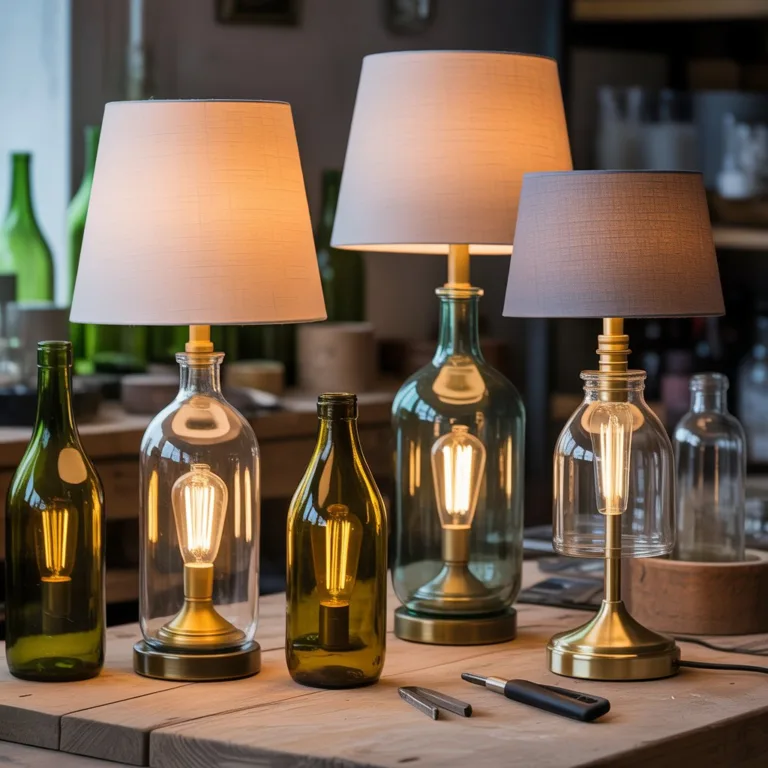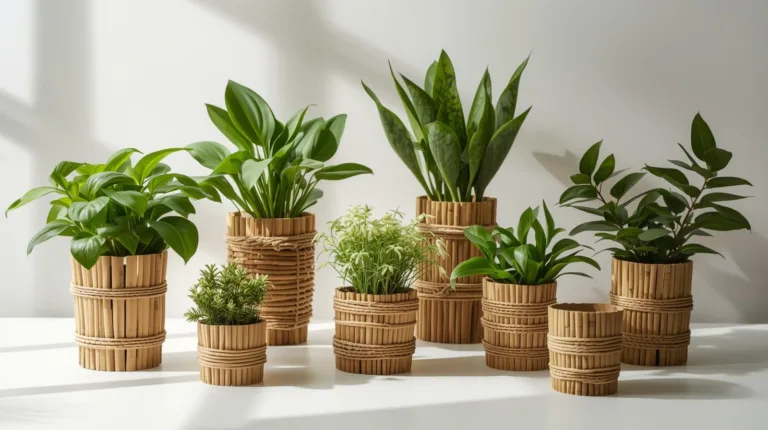Creating a zero-waste living room is an inspiring way to combine sustainability with personal style. This approach encourages rethinking every element in your space, from furniture and décor to lighting and textiles, emphasizing handmade, upcycled, and eco-friendly alternatives. A living room designed with zero waste principles not only reduces environmental impact but also tells a story—each item carries purpose, history, or creativity, connecting you more deeply to your home.

Adopting zero-waste strategies for your living room begins with understanding the core principles of reducing, reusing, and choosing sustainable materials. Instead of purchasing mass-produced items that may quickly end up in landfills, you focus on selecting pieces that are durable, multifunctional, and crafted with care. Handmade pieces offer a unique opportunity to support artisans, preserve traditional skills, and inject personality into your home.
Understanding Zero-Waste Design Principles
Zero-waste living centers on minimizing unnecessary consumption and extending the life cycle of objects. For a living room, this includes considering materials, sourcing, and production methods. Choosing items made from natural or recycled materials, such as reclaimed wood, organic textiles, or recycled metals, ensures that your furniture and décor have minimal environmental impact.
A key element of zero-waste design is multifunctionality. Furniture that serves multiple purposes, like a storage ottoman or foldable table, reduces the need for additional items while keeping the space organized and efficient. Opting for neutral, timeless designs also ensures your pieces remain relevant and usable for many years, reducing turnover and waste.
Incorporating Handmade Furniture
Handmade furniture is at the heart of a zero-waste living room. These items often have a smaller carbon footprint than mass-produced pieces, as they are typically made locally and with fewer industrial processes. Choosing handmade furniture allows you to select high-quality, durable items that are built to last, and each piece becomes a functional work of art.
Reclaimed wood tables, chairs crafted from sustainable timber, or woven storage baskets made by local artisans are excellent options. Handmade furniture can also be customized to fit your exact space and aesthetic, reducing the temptation to purchase multiple items to fill gaps or meet design preferences.
Upcycling and Repurposing Materials
Upcycling is a powerful way to give new life to objects that might otherwise be discarded. For a living room, consider transforming old wooden crates into coffee tables or bookshelves, repurposing vintage doors as decorative room dividers, or turning worn fabrics into cushion covers and throws.
Repurposed items not only reduce waste but add unique character and story to your living space. Encouraging creativity in upcycling projects allows you to design a home that is truly one-of-a-kind, reflecting your personality while maintaining sustainability.
Choosing Sustainable Textiles
Textiles in a living room—such as rugs, cushions, curtains, and throws—offer a significant opportunity for sustainable choices. Opt for natural fibers like organic cotton, linen, hemp, or wool. These materials are biodegradable, durable, and often produced with less environmental impact compared to synthetic alternatives.
Handwoven or locally produced textiles support artisans and reduce transportation-related emissions. Additionally, vintage or secondhand fabrics can be creatively repurposed into cushions, upholstery, or wall hangings, giving them a new life and keeping them out of landfills.
Eco-Friendly Décor and Accessories
Decorative items should be chosen with sustainability in mind. Handmade ceramics, glassware, and metal sculptures not only add beauty to your living room but are often more durable and environmentally conscious than mass-produced alternatives.
Plants are an excellent eco-friendly addition, improving indoor air quality while adding natural vibrancy. Using upcycled containers as plant pots, such as jars, tins, or wooden boxes, combines functionality with a zero-waste approach. Consider incorporating living wall panels, terrariums, or indoor herb gardens to enhance the natural feel of the room.
Energy Efficiency and Lighting
Sustainable living rooms also consider energy use. Choose energy-efficient LED lighting, which consumes less electricity and lasts longer than traditional bulbs. Lampshades and fixtures made from natural or recycled materials further reduce environmental impact.
Maximizing natural light is another important strategy. Arrange furniture to take advantage of sunlight, and use light-colored or reflective surfaces to enhance brightness without increasing energy consumption. Handmade window treatments, such as bamboo blinds or organic cotton curtains, add aesthetic appeal while supporting sustainability.
Minimalism and Intentional Design
A zero-waste living room often embraces minimalism. Focusing on fewer, high-quality items rather than cluttering the space with disposable or low-value objects reduces waste and creates a serene, organized environment. Intentional design involves carefully selecting each piece based on function, durability, and emotional value.
This approach encourages mindfulness about new purchases, ensuring that every item added to your living room serves a purpose and enhances your life, rather than contributing to overconsumption.
Supporting Local Artisans
Handmade pieces not only contribute to a zero-waste lifestyle but also support local communities. Purchasing directly from artisans reduces transportation emissions and helps preserve traditional crafts. From hand-carved wooden coffee tables to hand-knitted throws, these items provide cultural value in addition to sustainability.
By integrating locally made pieces, you create a living room that is unique and meaningful while investing in the well-being of your community.
Maintaining and Caring for Items
Extending the life of your furniture and décor is crucial in a zero-waste living room. Regular maintenance, such as polishing wood, washing textiles with eco-friendly detergents, and repairing minor damage, ensures longevity. Repairing instead of replacing preserves resources and prevents items from ending up in landfills.
Storage solutions that prevent wear and tear also play a vital role. Proper shelving, protective covers, and careful placement of plants and décor can significantly extend the life of your items.
Creating a Cozy and Functional Space
Sustainability doesn’t mean sacrificing comfort. Handmade cushions, throws, and rugs create warmth and texture while supporting eco-friendly practices. Functional design ensures that every piece contributes to comfort and usability, whether it’s a modular sofa that adapts to your needs or a multipurpose coffee table with storage.
Balancing aesthetics, sustainability, and functionality allows your living room to be inviting and practical while upholding zero-waste principles.
Inspiring Creativity in a Zero-Waste Living Room
Encouraging creativity is a key benefit of designing with handmade and upcycled items. DIY projects, such as painting reclaimed furniture, creating wall art from natural materials, or assembling decorative displays from found objects, add personal expression and make the space uniquely yours.
Children and family members can also participate in creating or customizing pieces, fostering a sense of ownership and teaching valuable lessons about sustainability, resourcefulness, and creativity.
Incorporating Technology Mindfully
Technology can coexist with a zero-waste philosophy when used thoughtfully. Select electronics with long lifespans, energy-efficient features, and repairable designs. Avoid unnecessary gadgets that contribute to electronic waste.
Organize wires, chargers, and devices to maintain a clean, organized environment. Handmade or upcycled storage solutions can conceal electronics while adding style and maintaining a zero-waste approach.
Extending Sustainability Beyond the Living Room
The principles applied to your zero-waste living room can influence other areas of your home. Practices such as upcycling, mindful purchasing, and energy efficiency can be mirrored in the kitchen, bedroom, and workspace.
Engaging family and friends in these practices promotes awareness, sharing, and community involvement. Hosting workshops or DIY sessions can inspire others to adopt similar sustainable practices in their homes.
A zero-waste living room is more than a design choice; it’s a lifestyle statement. Each item—from handmade furniture and textiles to upcycled décor—reflects care, creativity, and environmental responsibility. The space becomes a model of how conscious decisions enhance beauty, functionality, and ecological awareness.
Mindful living encourages you to cherish each object, take care of it, and appreciate the story behind it. The result is a harmonious blend of style, sustainability, and practicality, where every piece contributes positively to your home and the planet.
By embracing handmade, eco-friendly, and repurposed items, your living room becomes a sanctuary that aligns with your values. You demonstrate that conscious design choices are attainable without compromising on aesthetics, comfort, or functionality.
The journey of creating a zero-waste living room invites experimentation, creativity, and intentional living. Whether it’s a hand-carved wooden chair, an upcycled coffee table, or a cozy organic cotton throw, every item adds meaning and purpose.
Living spaces are reflections of our values. Designing a zero-waste living room with handmade pieces is not only an environmentally responsible choice but also a deeply personal and rewarding endeavor. As you build and curate your space, you cultivate a home that tells a story of sustainability, mindfulness, and creativity.
Embrace this opportunity to combine style, functionality, and environmental stewardship. Experiment with materials, support artisans, and integrate eco-friendly practices to craft a living room that is beautiful, functional, and kind to the planet. Share your journey with others, inspire creativity, and continue exploring ways to live sustainably every day.

Lucas Hartman is a DIY enthusiast and sustainability advocate focused on natural crafts and eco-friendly home décor. With a background in arts and design, Lucas creates tutorials that help families and hobbyists transform everyday recycled or organic materials into beautiful, functional projects.



